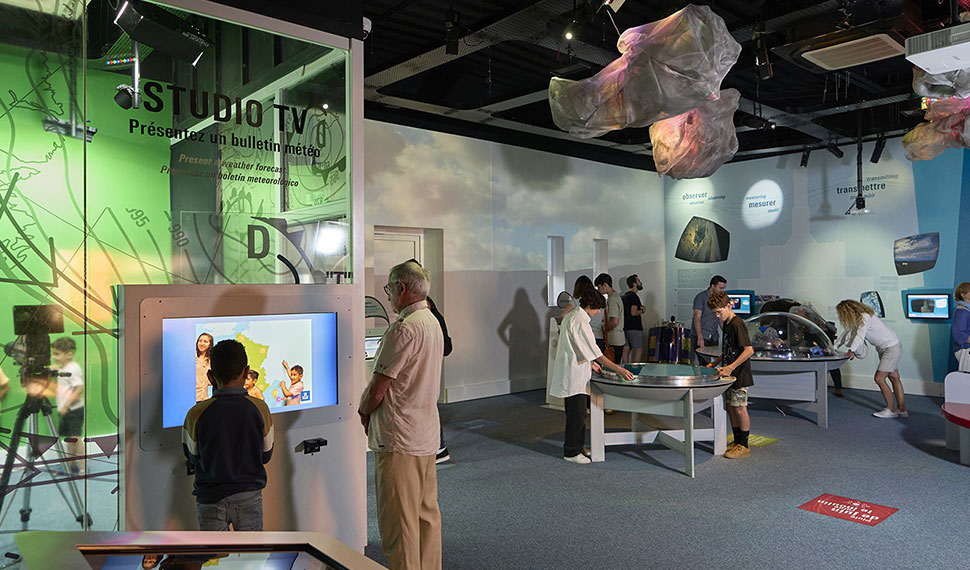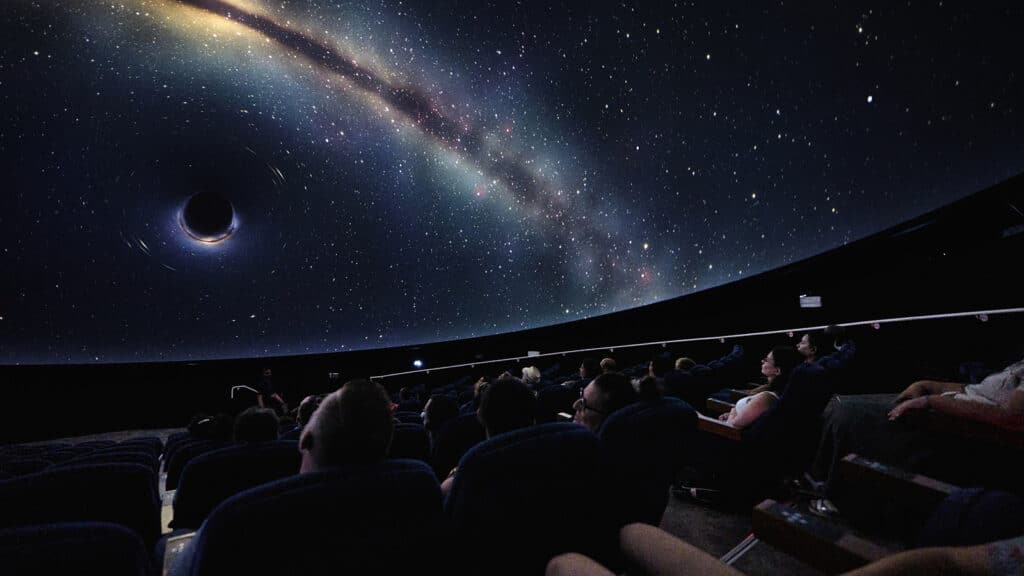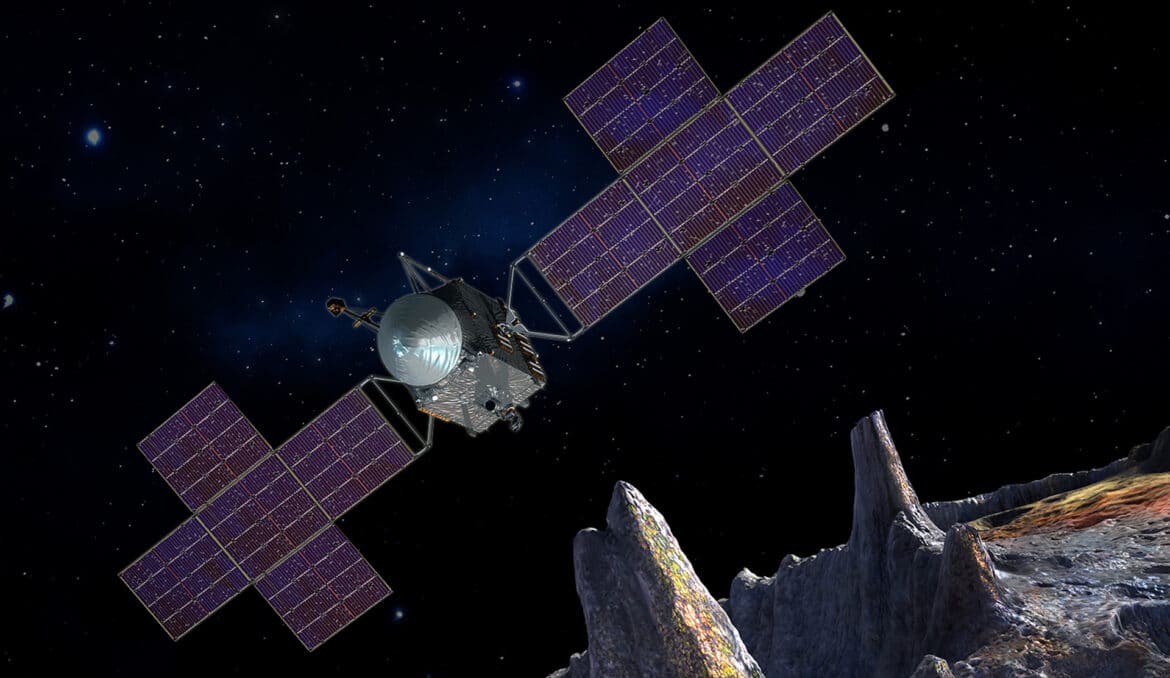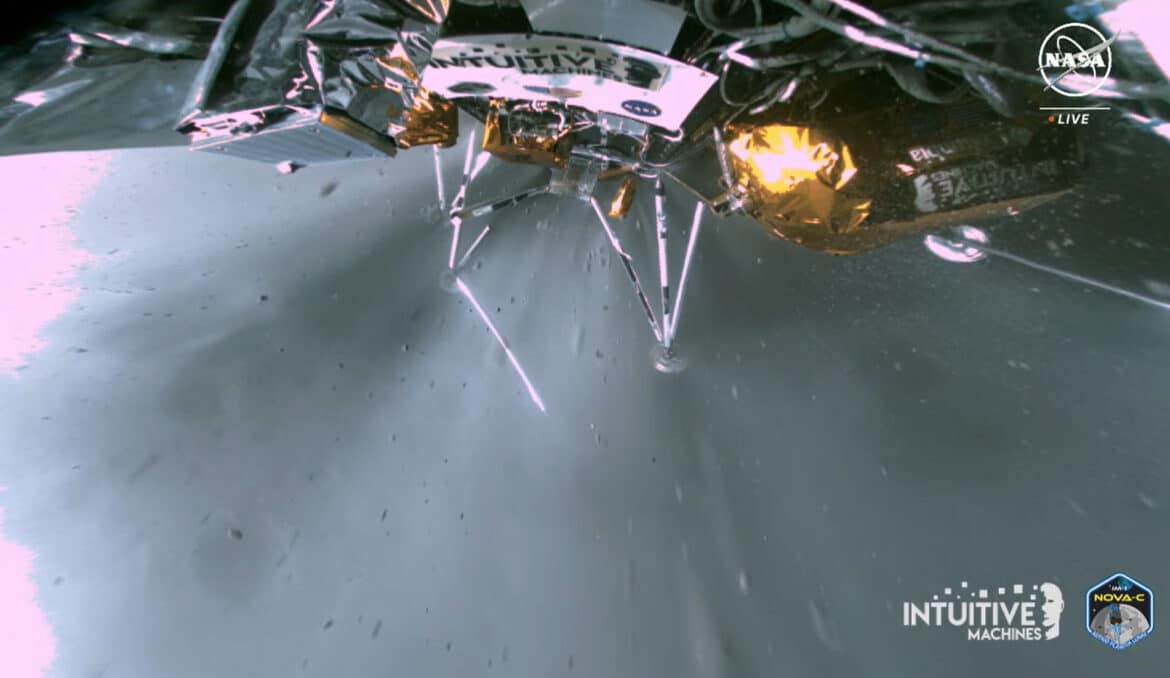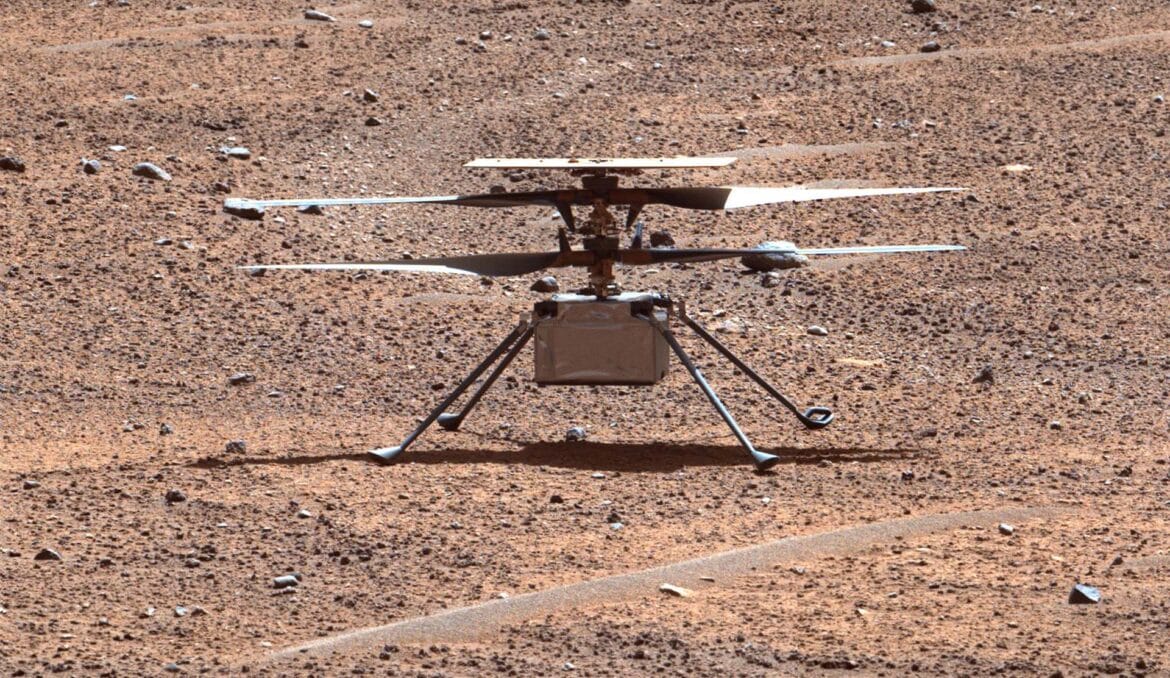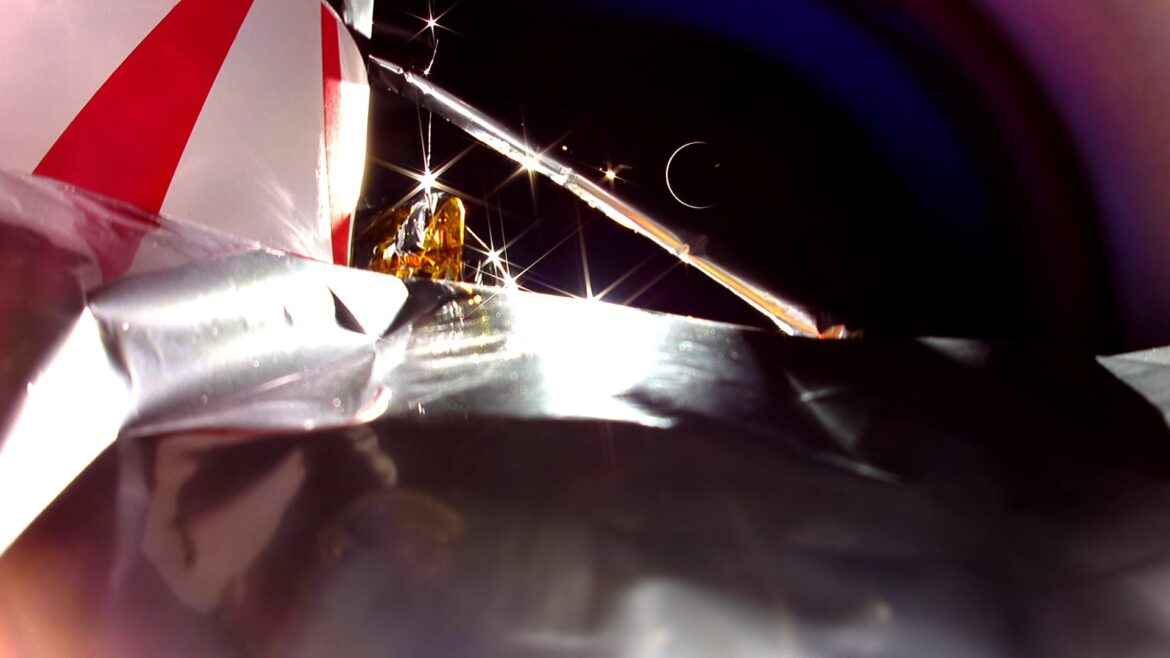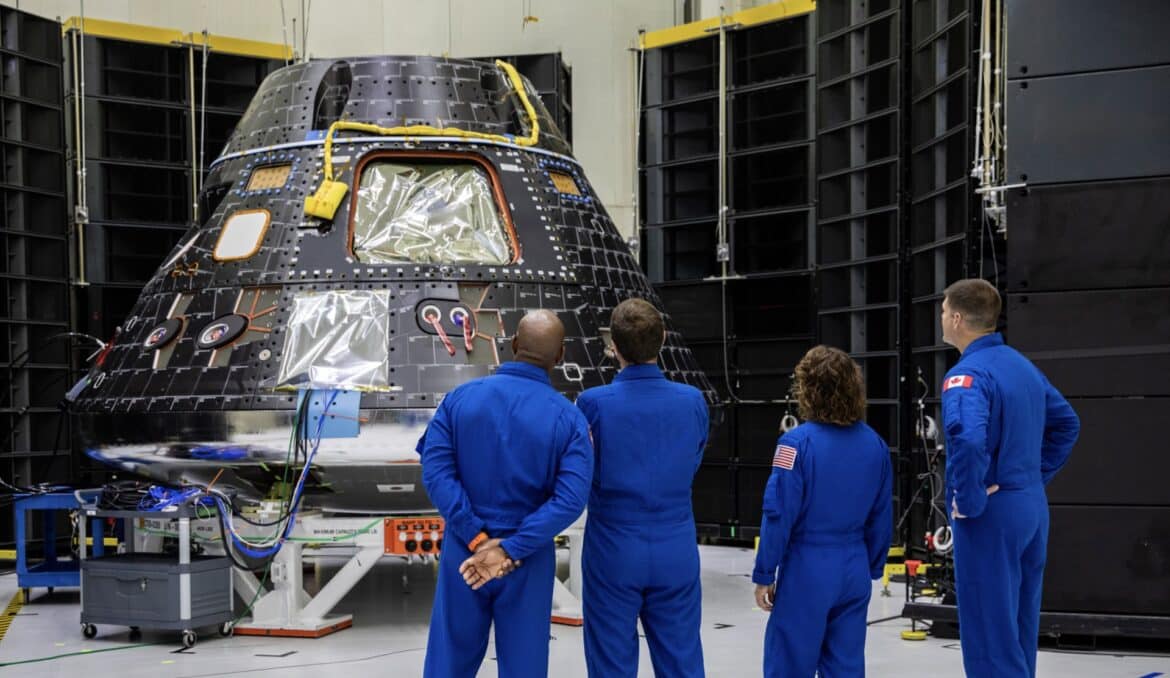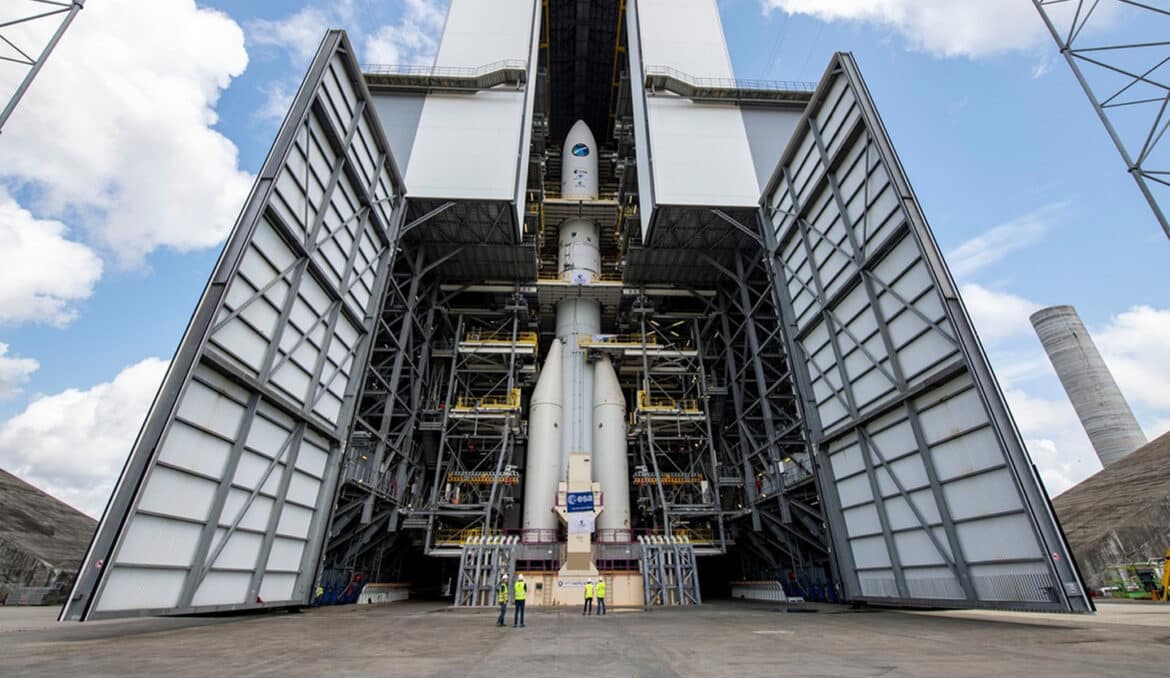
ARRIVAL EXPECTED IN 2029
A five and a half year journey awaits this probe to the asteroid Psyche. Aboard a SpaceX Falcon Heavy rocket, this solar system exploration mission will use Hall-effect propulsion. An electric field accelerates ions and generates thrust, providing a much more efficient propulsion system than conventional propellant engines.
75M² OF SOLAR PANELS.
To produce the necessary energy, the Psyche probe is equipped with 75 m² of cross-shaped solar panels which mean that it will still generate 2.4W at nearly 500 million km, the farthest point of the mission. The machine will also take advantage of the gravitational assistance of Mars during its flight in May 2026.
The probe should go into orbit around Psyche in August 2029 for the start of its scientific mission which should last 21 months.
